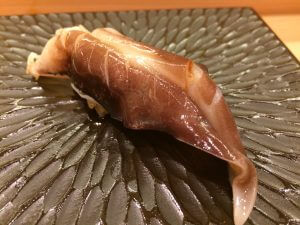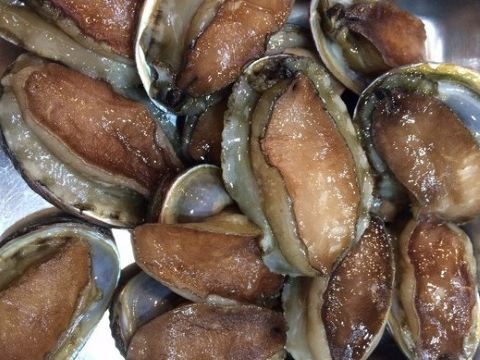
What is Tokobushi abalone?
Tokobushi abalone is widely distributed from southern Hokkaido to Kyushu and Taiwan. It inhabits the reef zones along the coasts facing the open ocean in warm seas. It is oval in shape and has a shell length of 7 cm. In the past, people thought that the Tokobushi abalone was the child of the abalone.
Abalone has four to five water absorption holes, which are tubular, while Tokobushi abalone has six to nine water absorption holes, and the holes are more numerous and larger than those of abalone. Based on the amount of Tokobushi abalone caught, Kochi, Tokushima, and Mie prefectures are the production areas.
The average wholesale price of Tokobushi abalone at the Toyosu market is around US$30 per kilogram. Since domestic catches alone cannot keep up with demand, a large number of imports, mainly from Taiwan, are also distributed. The scientific name is Sulculus diversicolor supertexta (Lischke, 1870). A substitute is Luzon Tokobushi (Haliotis(Sulculus) glabra Gmelin, 1791), which is mainly processed into canned products.
Incidentally, Kinki University, which has succeeded in the complete cultivation of bluefin tuna, has been conducting research on Tokobushi abalone cultivation since 2014. The university succeeded in artificial hatching in the same year, and is currently continuing its research with the aim of achieving complete aquaculture.
What does Tokobushi abalone sushi taste like?
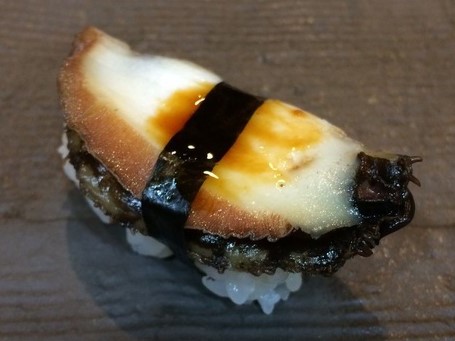
Tokobushi abalone has a strong scent and taste similar to that of abalone, but its meat is smaller and thinner than that of other types of abalone (Japanese abalone (黒鮑), disk abalone (雌貝鮑), ezo abalone (蝦夷鮑), giant abalone (真高鮑)). Tokobushi abalone is generally not eaten raw, but rather boiled or steamed. Many sushi chefs say that when heated, the taste is richer than that of abalone.
Tokobushi abalone is sold in the market throughout the year, but in many fishing areas, winter is a closed season. While abalone, which is suitable for steamed shellfish, is in season in summer, Tokobushi abalone, on the contrary, is in season in winter and is used as an alternative to abalone for steamed shellfish in winter.
However, because the catch of Tokobushi abalone is decreasing and its price is high like that of abalone, few sushi restaurants use it. Compared to abalone, Tokobushi abalone is softer and does not get tough when heated, so it is boiled in soy sauce and sake to make Tsumami.
[sc_apply url=”https://sushiuniversity.jp/apply/”]
We hope this information will be helpful.

Revision date: April 14, 2023
Share this article
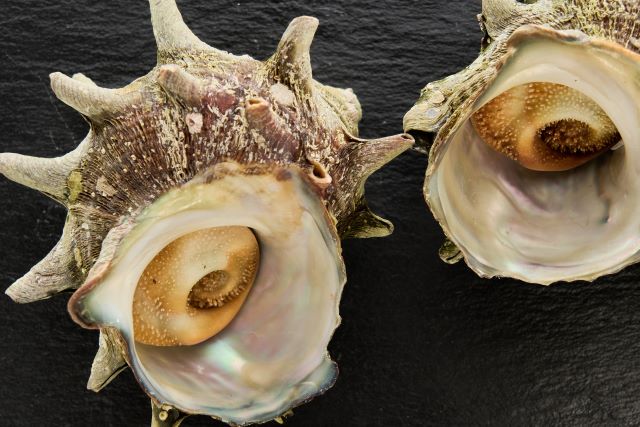
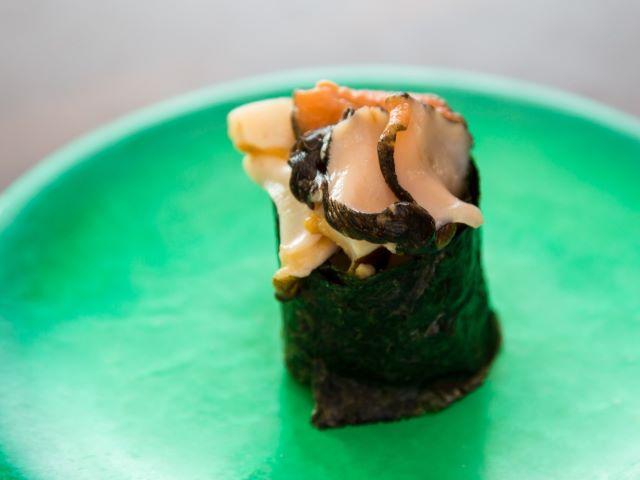
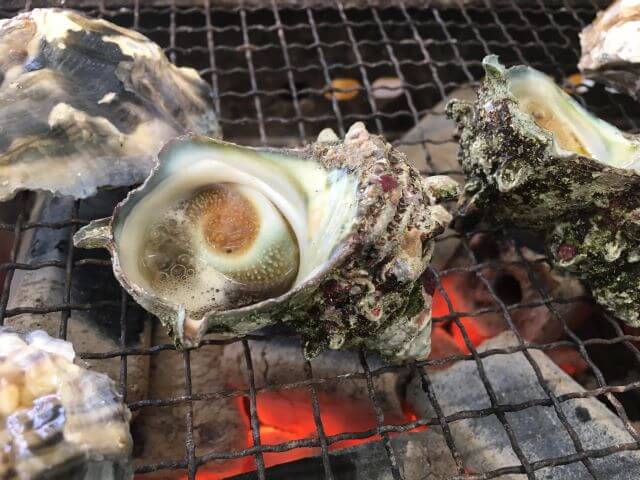
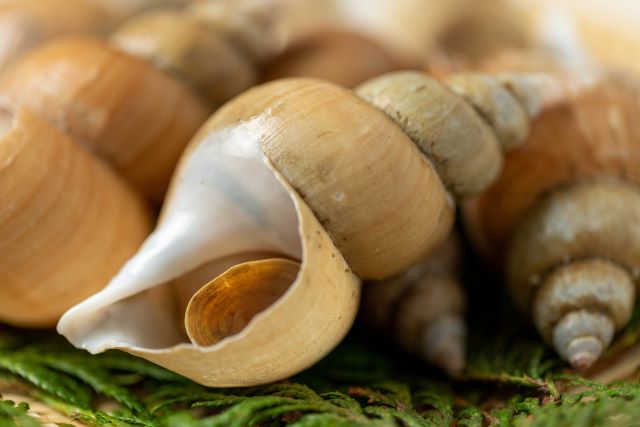
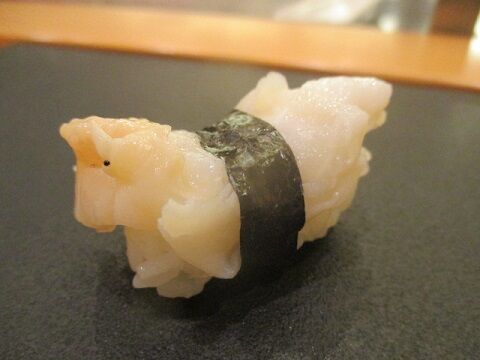
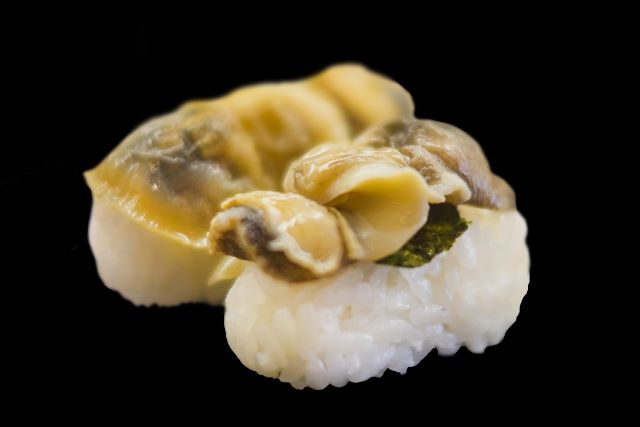
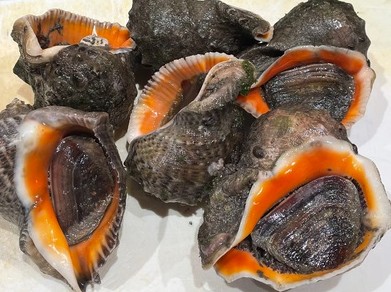
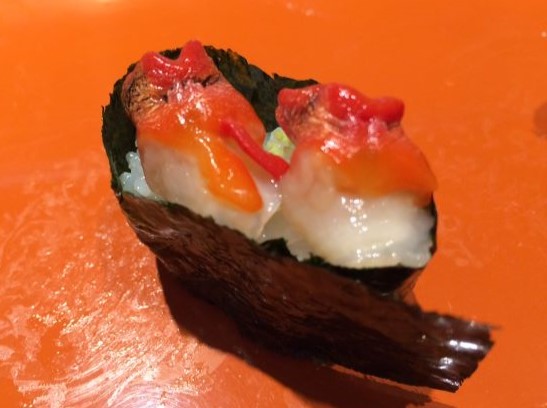
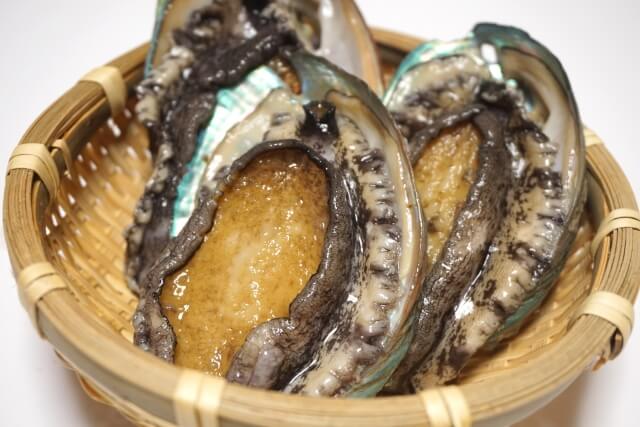
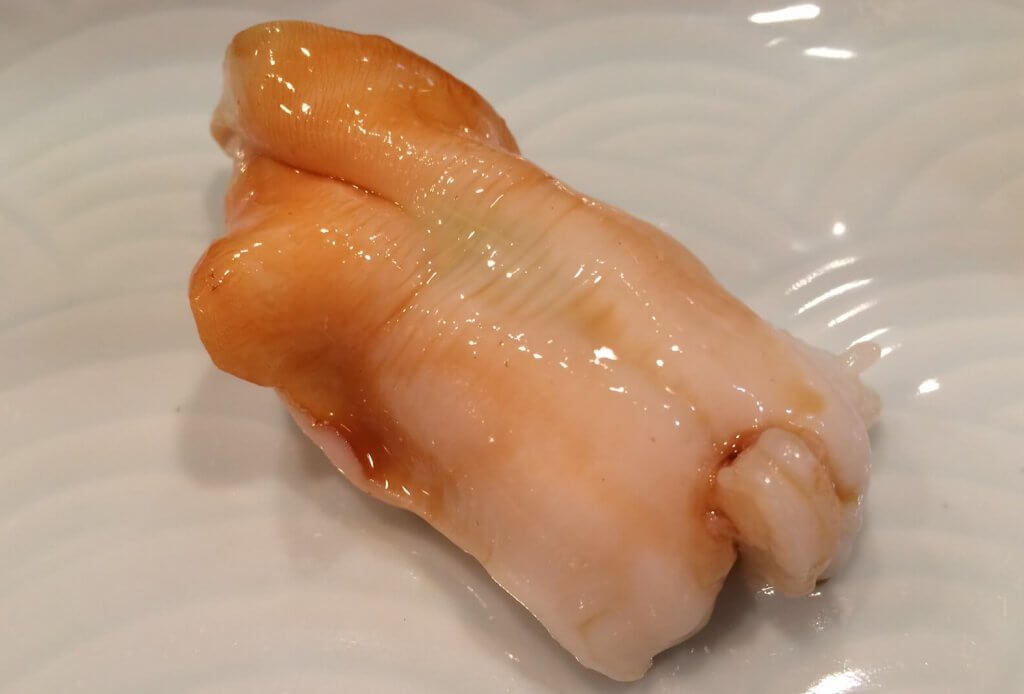 Ishigakigai is a shellfish found from Kashimanada northward, Hokkaido, from the Kuril Islands to the Aleutian Islands and even on the west coast of North America. It lives off of plankton in the shallow sandy mud bottoms of the sea at depths of about 50 meters.
Ishigakigai is a shellfish found from Kashimanada northward, Hokkaido, from the Kuril Islands to the Aleutian Islands and even on the west coast of North America. It lives off of plankton in the shallow sandy mud bottoms of the sea at depths of about 50 meters.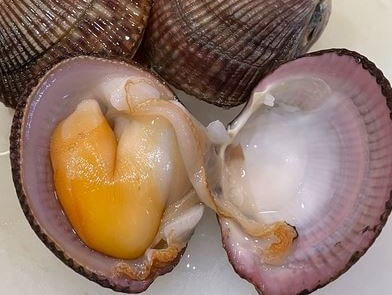 It starts to become common at the market when the Japanese rainy season ends, at the beginning of summer every year, which is around the end of the Torigai season. It then disappears from the market at the end of summer. A number of sushi restaurants start using it as a substitute for Torigai all at the same time, so Ishigakigai nigiri sushi suddenly started appearing on menus. Frankly, it is somewhat conservative as a nigiri topping but is known for the crunchy texture when biting into it. It also has strong sweetness and umami, which goes exquisitely with Shari. The sushi chef slaps the meat in his hand directly before serving to stiffen it–a way to increase the crunchy texture characteristic of shellfish. Naturally this texture is evidence of its freshness.
It starts to become common at the market when the Japanese rainy season ends, at the beginning of summer every year, which is around the end of the Torigai season. It then disappears from the market at the end of summer. A number of sushi restaurants start using it as a substitute for Torigai all at the same time, so Ishigakigai nigiri sushi suddenly started appearing on menus. Frankly, it is somewhat conservative as a nigiri topping but is known for the crunchy texture when biting into it. It also has strong sweetness and umami, which goes exquisitely with Shari. The sushi chef slaps the meat in his hand directly before serving to stiffen it–a way to increase the crunchy texture characteristic of shellfish. Naturally this texture is evidence of its freshness.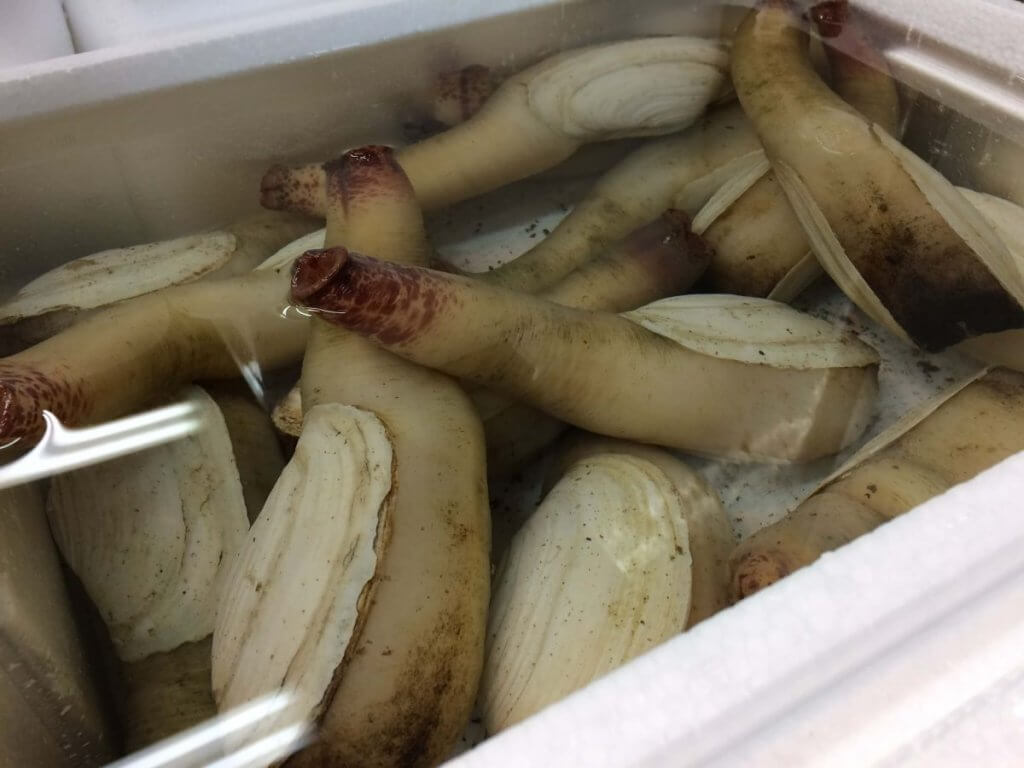 The official name of Mirugai is “Mirukui”. The part of the Mirugai that is used as a sushi topping is the siphon that bulges out from the shell. The siphon is separated from the shell and then this is cut through longways, from top to bottom. One Mirugai can only produce four pieces of sushi. It is also nearly extinct from overfishing. While it can still be caught in the Seto Inland Sea and Mikawa Bay, there are fishing limits, which means it is an ultra-high-priced sushi topping.
The official name of Mirugai is “Mirukui”. The part of the Mirugai that is used as a sushi topping is the siphon that bulges out from the shell. The siphon is separated from the shell and then this is cut through longways, from top to bottom. One Mirugai can only produce four pieces of sushi. It is also nearly extinct from overfishing. While it can still be caught in the Seto Inland Sea and Mikawa Bay, there are fishing limits, which means it is an ultra-high-priced sushi topping.